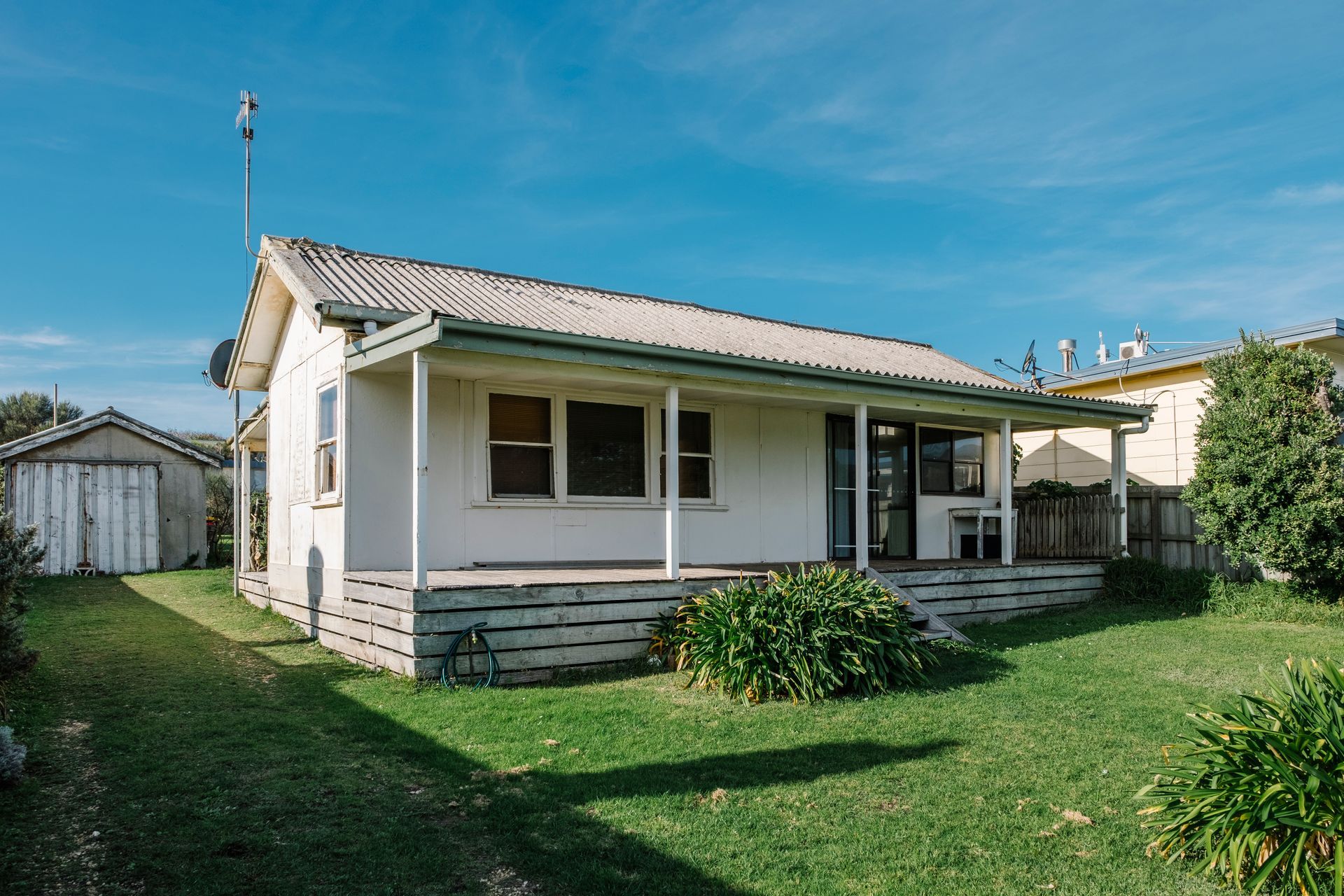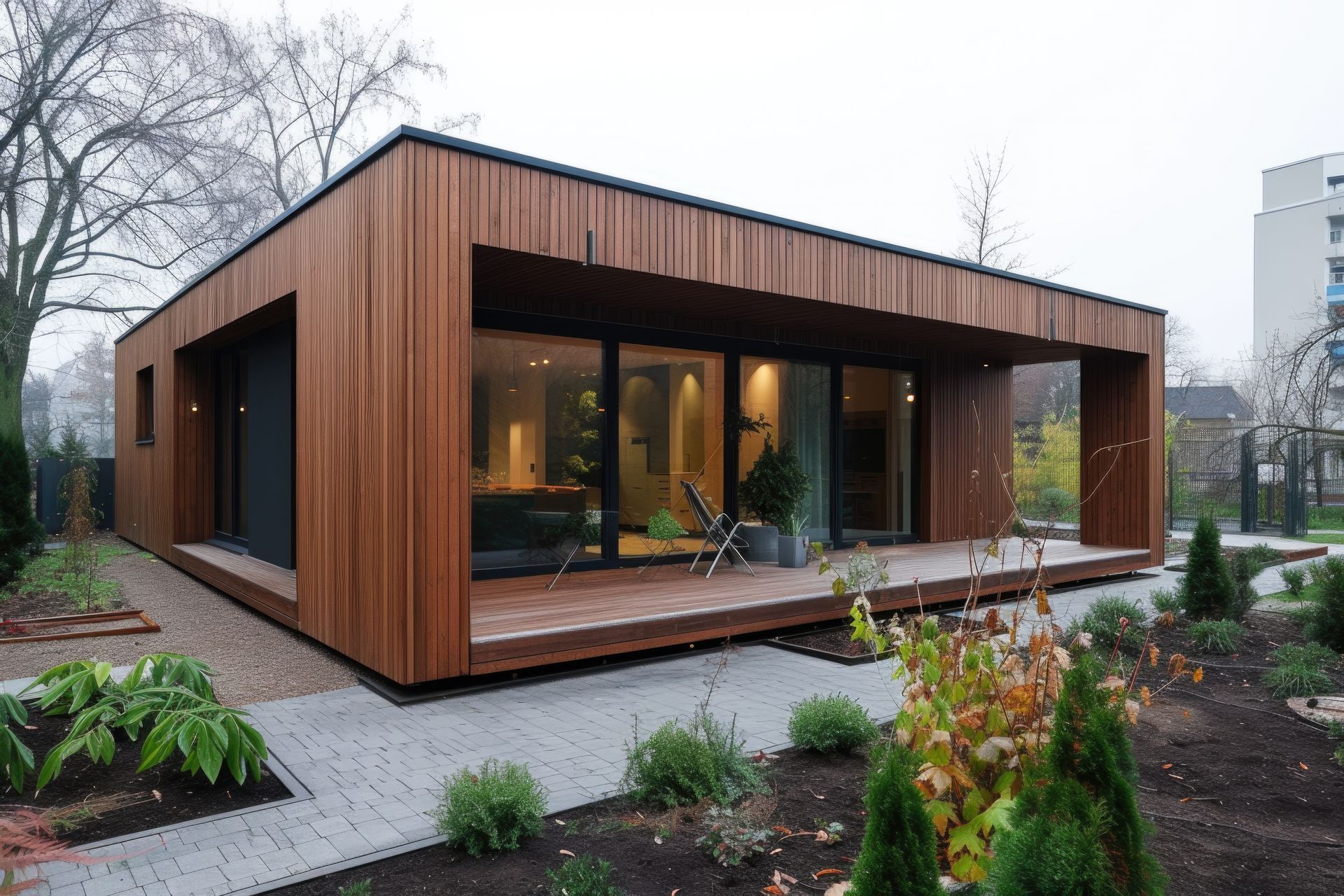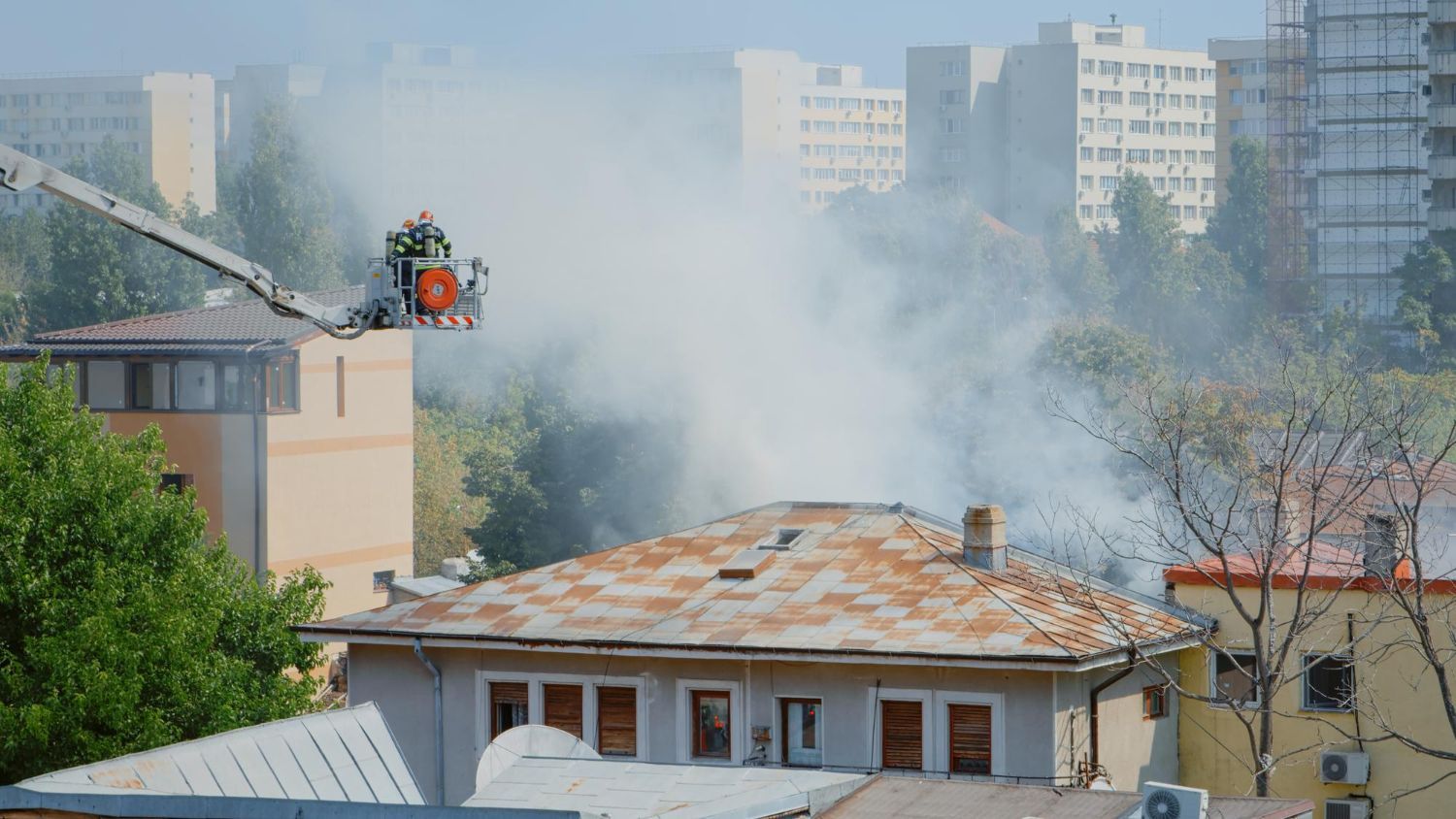Step-by-Step: What It Takes to Build a Detached ADU in Seattle in 2025

With the pro-construction laws being enforced in Seattle, all commercial subcontractor Seattle and GCs are extremely happy. This is because of the updated ADU codes in 2025. For a GC, DADU offers a steady stream of income. More of it when these small projects are outsourced to an able commercial construction subcontractor Seattle, like United Seattle. Today, we look at some of the phases of the DADU construction where the paths of a GC and commercial project management Seattle cross, creating the perfect balance for the ideal construction subcontracting services Seattle.
What Is A Detached ADU Or DADU?
A detached ADU or DADU is a standalone living space made on a property that already has a primary building. There are a number of advantages associated with a DADU, which include, but are not limited to:-
· Increased living space for family members and/or home office.
· Potential for additional income through long/short-term rentals.
· Enhanced property value.
Now let’s move on to a generic breakdown of the phases involved in the construction process for a building subcontractor Washington to work upon. If the plans are made before the phase time, the construction goes hassle-free increasing your free time, lowering your cost and increasing your market reputation, all at the same time.
Pre-construction Phase
Laying the correct groundwork is the ideal start for any DADU project for a commercial subcontractor Seattle. GCs require a commercial construction subcontractor Seattle that can dive into the planning phase and come up with as many details as humanly possible. By planning some of the key aspects of the construction, a building subcontractor Washington can surely eliminate all later disputes/delays in the project.

Looking for more projects? Check this space!!
Permit Phase
Statistically speaking, the permit phase is the most problematic phase in a DADU construction. Knowing the complete process in and out gives a construction management subcontractor a distinct advantage. Another above-the-rest strategy is by having pre-permits available, which cuts the timeline and cost, something all GCs and clients love simultaneously.
Site Preparation
Once the construction officially begins, a commercial subcontractor Seattle is the spearhead of operations for the GC. This is the most intense phase of the construction and may take the most time even if executed to perfection. The stage is usually around 10-14 days but it can stretch if you don’t have plans in place before the phase starts.
Structure Building
This is where all the fun begins as you have everything set before the actual construction of the structure. Having materials, labor and permits ready before this phase saves tons of resources, both in time & money. This usually takes 3-5 weeks (mostly depending on the size and weather). A pre-scheduled frame or pre-made home-delivered structure can save time and money, both of which can be looked into at the design phase.

Track some of the finest conversion projects here
Tracking Timelines
One of the key aspects of delivering a DADU within the time is tracking the timeline itself by the commercial subcontractor Seattle, as well as the GC. A usual hindrance in this case is not reporting delays or issues before they arise. A good building subcontractor Washington will have an alarm system that is generated once it is seen that a timeline may be missed.
Communication Is King
The alarm system brings us to the communication part where communication delays are communicated to all stakeholders. Not all timelines can be met, but some can be managed so there is minimal delay. Having software for communication and live timeline tracking is always a good idea and helps in avoiding disputes later on.
Final Inspection And Handing Over
Closing inspection is the point where all the things above converge in one location. If the inspection fails, the whole project needs to revert and that means extra cost and time. Therefore, an ideal strategy that can be used is a pre-inspection by the in-house team or an outsourced one. This allows a construction management subcontractor to point out gaping holes before the actual inspection and have time to fix these gaps. Final inspection and closeout usually takes one to two weeks. It’s critical to keep all subcontractors available for quick corrections in case of last-minute flags from inspectors.
If you are looking for additional information on Prefab vs. Stick-Built ADUs, then this is the perfect read for you here!!
We Offer All the Services You Need in One Place! We Will Save You Time and Money!
Call Us at (425) 521-7916 Now to Get a Free Estimate or a Free Consultation for Any of Our Services!



